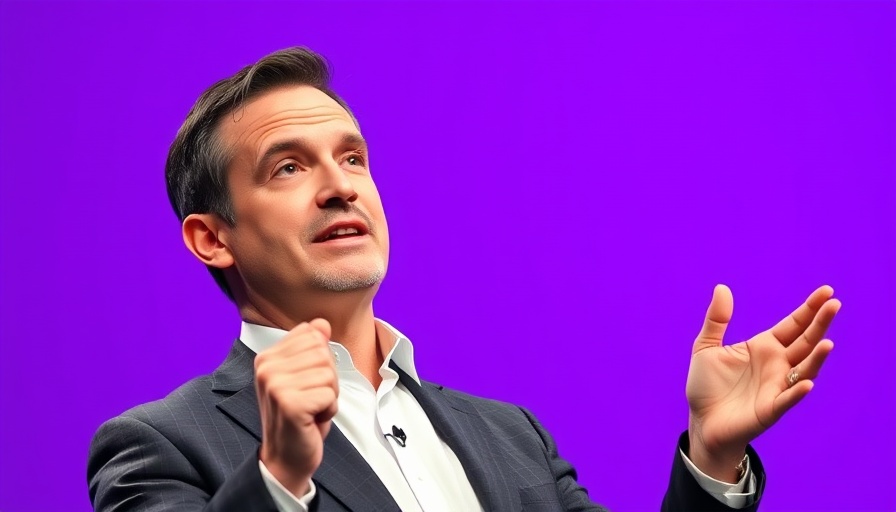
The AI Bubble: What Does Bret Taylor Mean?
Bret Taylor, board chair at OpenAI, recently sparked conversations about the state of artificial intelligence (AI) in our economy during an interview with The Verge. Notably, Taylor echoed sentiments expressed by OpenAI’s CEO, Sam Altman, asserting that we are currently caught in an AI bubble. But unlike the traditional definition of a financial bubble, Taylor believes that this temporary state is not purely negative. In fact, he sees the potential for a transformative impact on our economy, similar to what the internet brought in its early days.
Comparisons to the Dot-Com Era: Lessons Learned
In his remarks, Taylor characterized today’s AI landscape as reminiscent of the dot-com bubble of the late 1990s. Just like many internet startups saw astronomic valuations and eventual crashes, he argues that many players in today’s AI market will face similar pitfalls. However, he also emphasizes that in retrospect, those who invested in the internet were largely justified; the ultimate value created by the technology far outweighed the losses for some.
Understanding the Risks: What Investors Should Know
Investors in the AI sector should approach their strategies with caution, as the potential for substantial losses looms. Taylor’s acknowledgment of the AI bubble serves as a warning; companies may rise quickly but can just as quickly fall into obscurity. The key takeaway for investors is to carefully assess market trends and focus on sustainable practices rather than jumping into every shiny new venture.
The Positive Side of the Bubble
Despite the risks associated with an AI bubble, Taylor’s perspective offers a refreshing outlook: while some may suffer losses, the long-term benefits of AI are undeniable. From healthcare innovations to advancements in transportation, the technology has the potential to create economic waves far beyond initial investment moments. These transformational changes might take years to fully realize but are essential for societal progress.
Public Sentiment and the Future of AI
As we navigate the uncertainties of this bubble, public sentiment plays a crucial role. Many are skeptical of AI technologies, worrying about job displacement or ethical concerns surrounding data use. However, Taylor encourages open discourse on these issues. Engaging with the community and addressing concerns upfront can foster trust and collaboration, ultimately shaping AI's future in a positive light.
What History Can Teach Us About Current Trends
Drawing parallels to the late '90s, it’s worth noting that every economic bubble comes with lessons learned. Businesses that adapted quickly usually emerged stronger. In the AI sector, businesses that prioritize ethical considerations and user education will likely withstand pressures better than those that do not. Investors and startup founders alike can take this advice to heart as they ponder the future of their ventures.
The Importance of Innovation Amidst Uncertainty
As Taylor aptly pointed out, recognizing both the opportunity and risk in current AI trends is essential. Those involved in AI are in a unique position to influence how the technology is developed and utilized. Innovators should seize this moment to advocate for responsible AI that benefits all layers of society, addressing skepticism head-on.
Preparing for the AI Future: What Next?
Looking ahead, it’s crucial for stakeholders—be they investors, tech leaders, or consumers—to equip themselves with knowledge and foresight. Understanding the historical context of technology bubbles can help demystify current trends. As AI gradually reshapes our workplaces and everyday lives, collaboration between developers, investors, and the public will be vital for building a sustainable future.
Ultimately, while the AI landscape is laden with challenges and uncertainties, it is also ripe with potential. Embracing this dual reality can lead to fruitful discussions and encourage proactive efforts towards a more innovative future.
 Add Row
Add Row  Add
Add 




Write A Comment